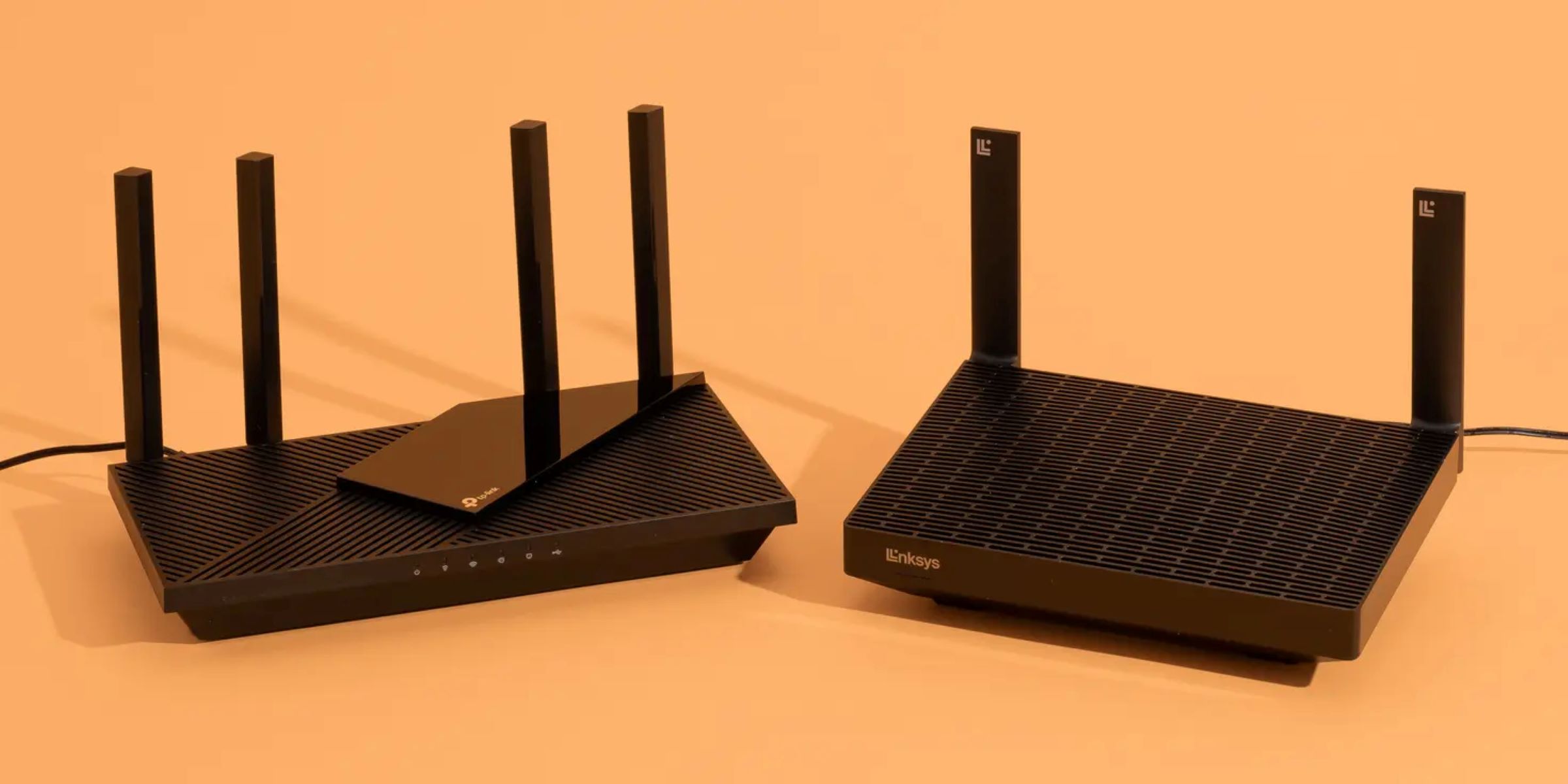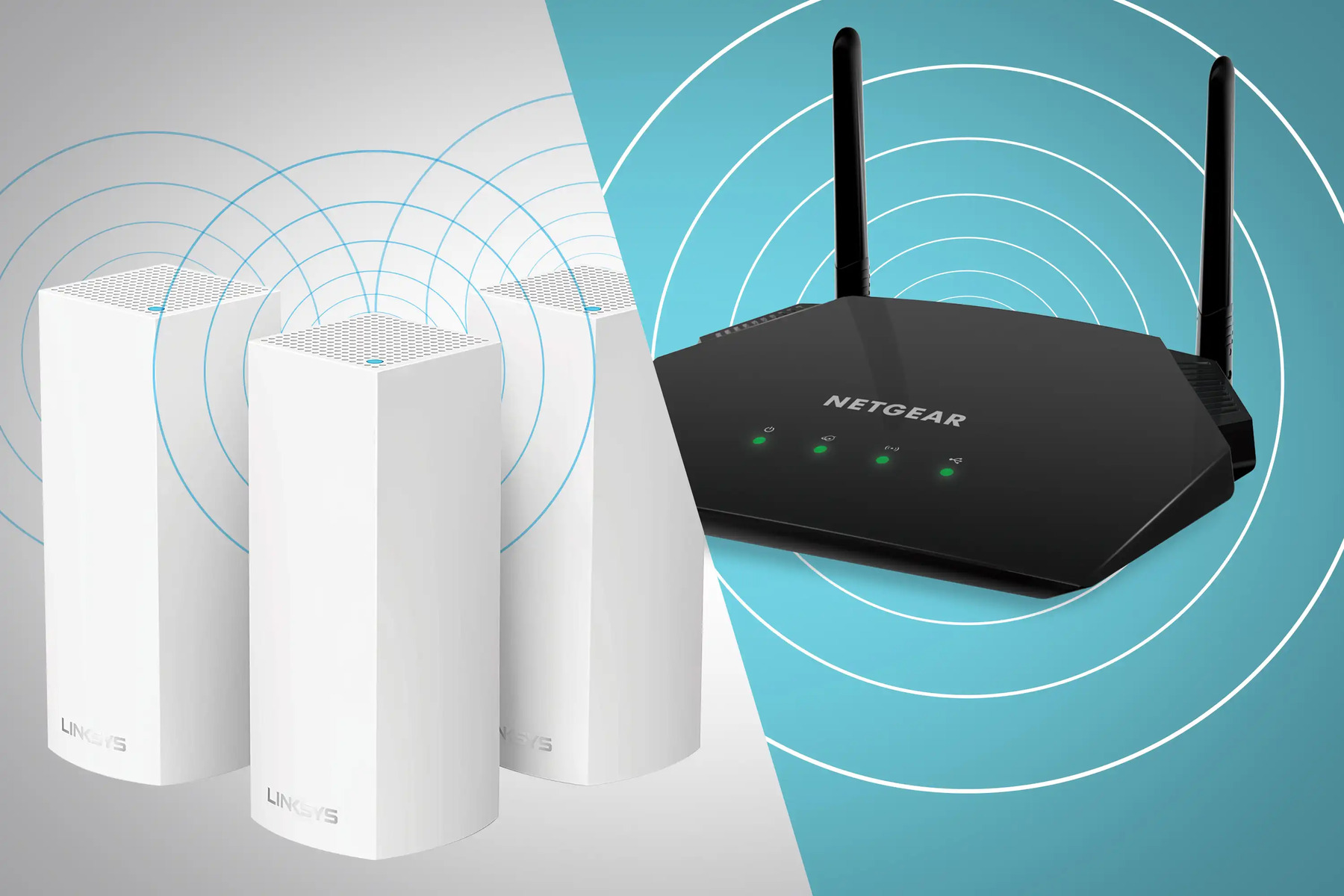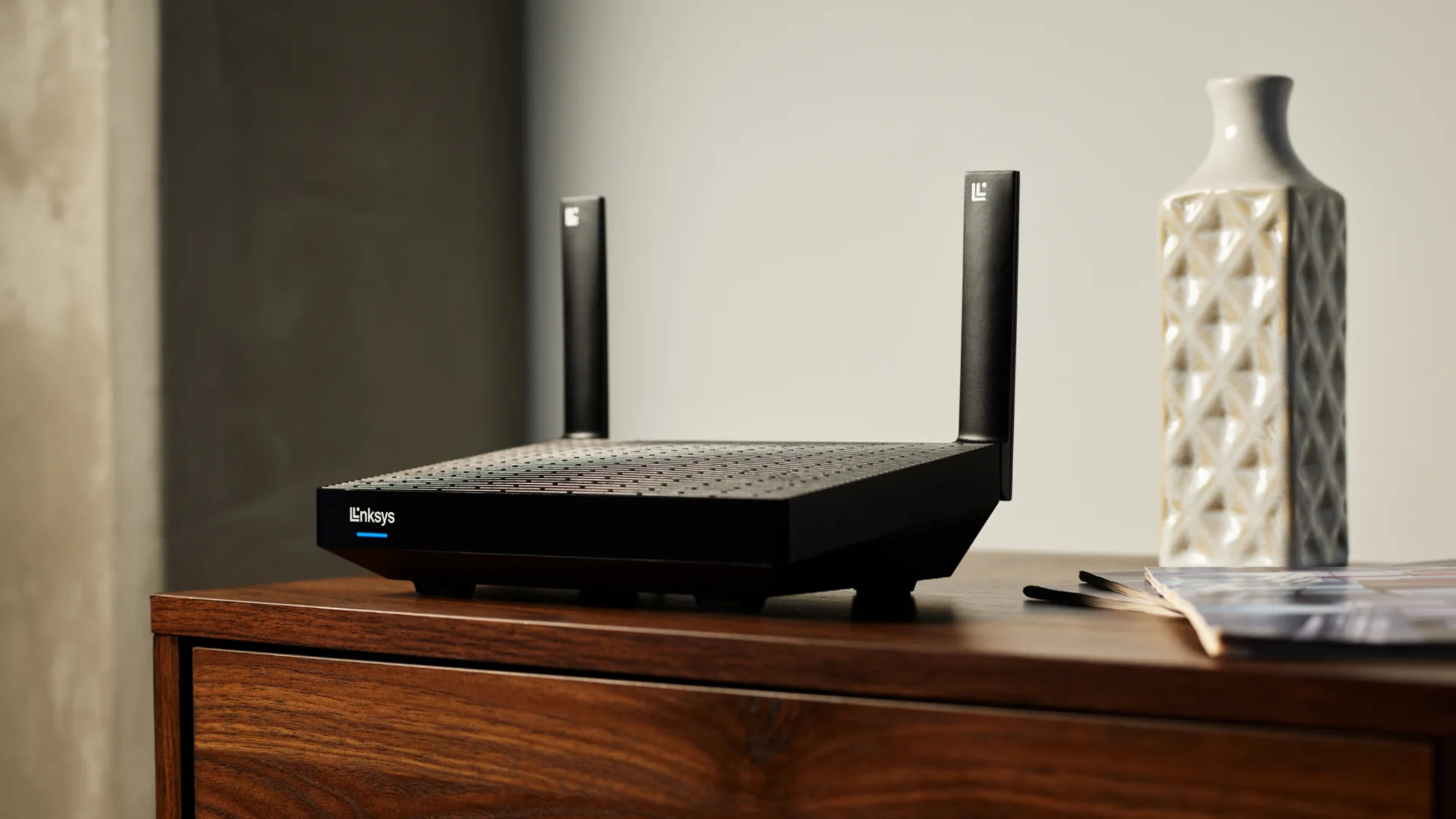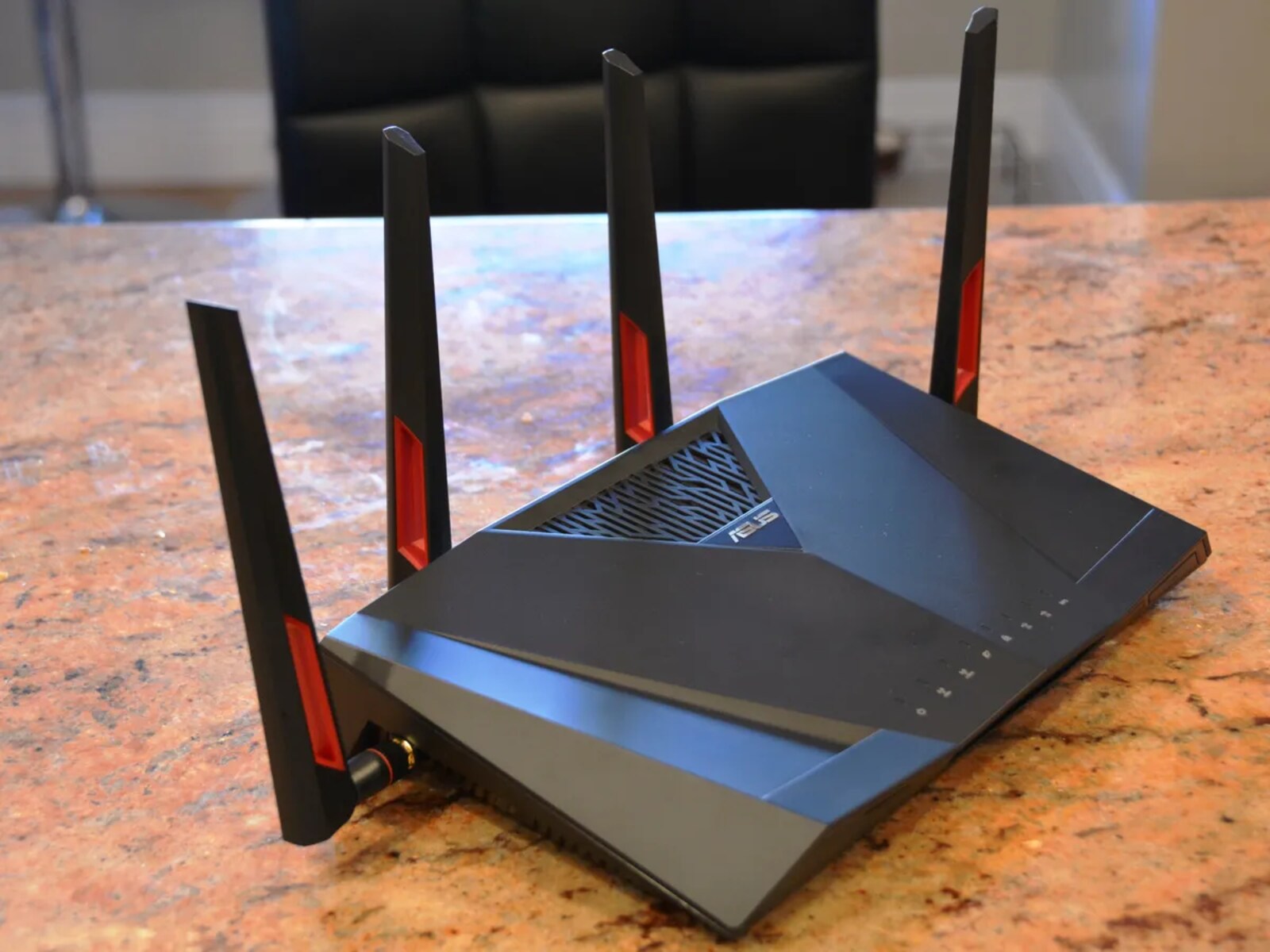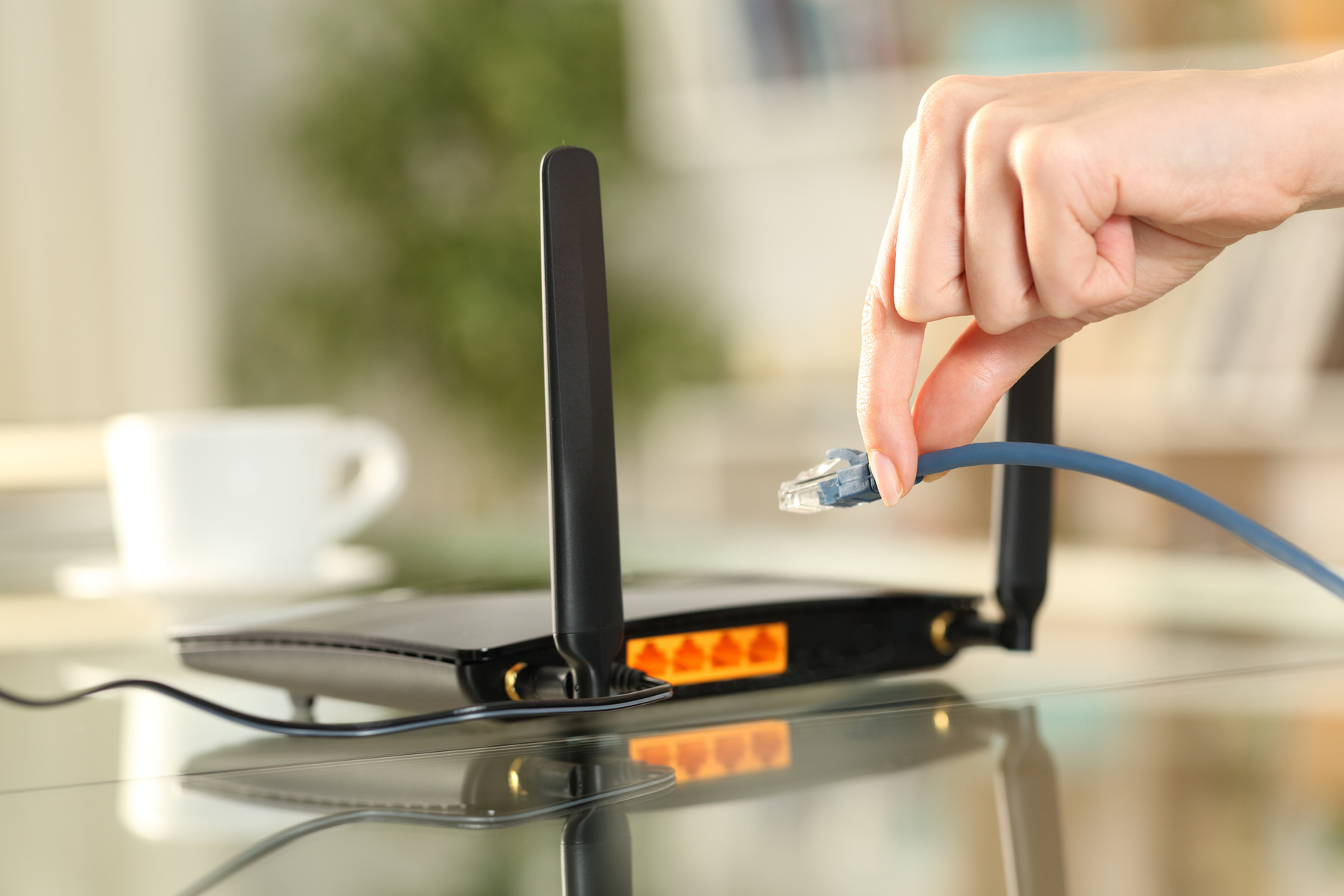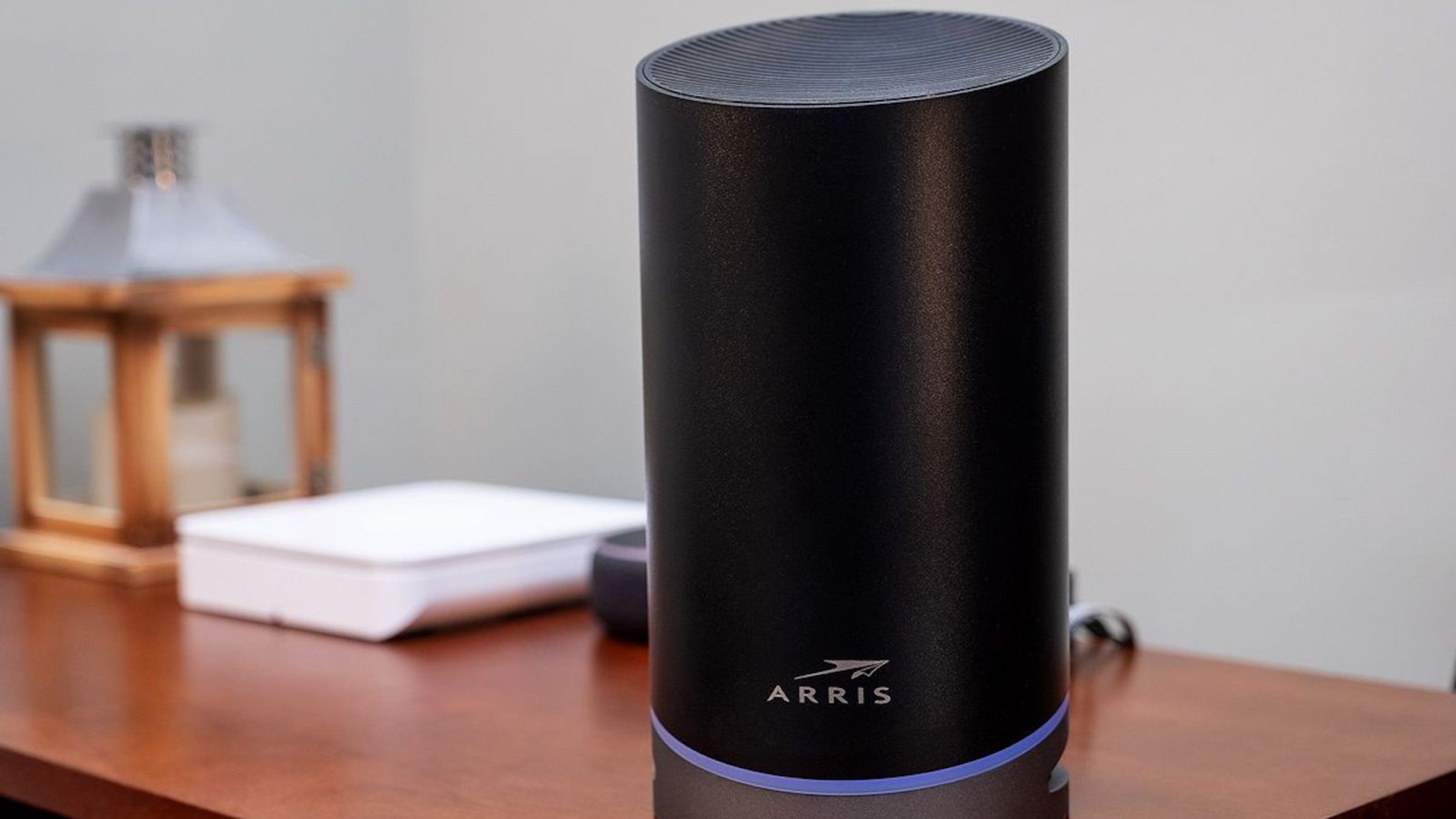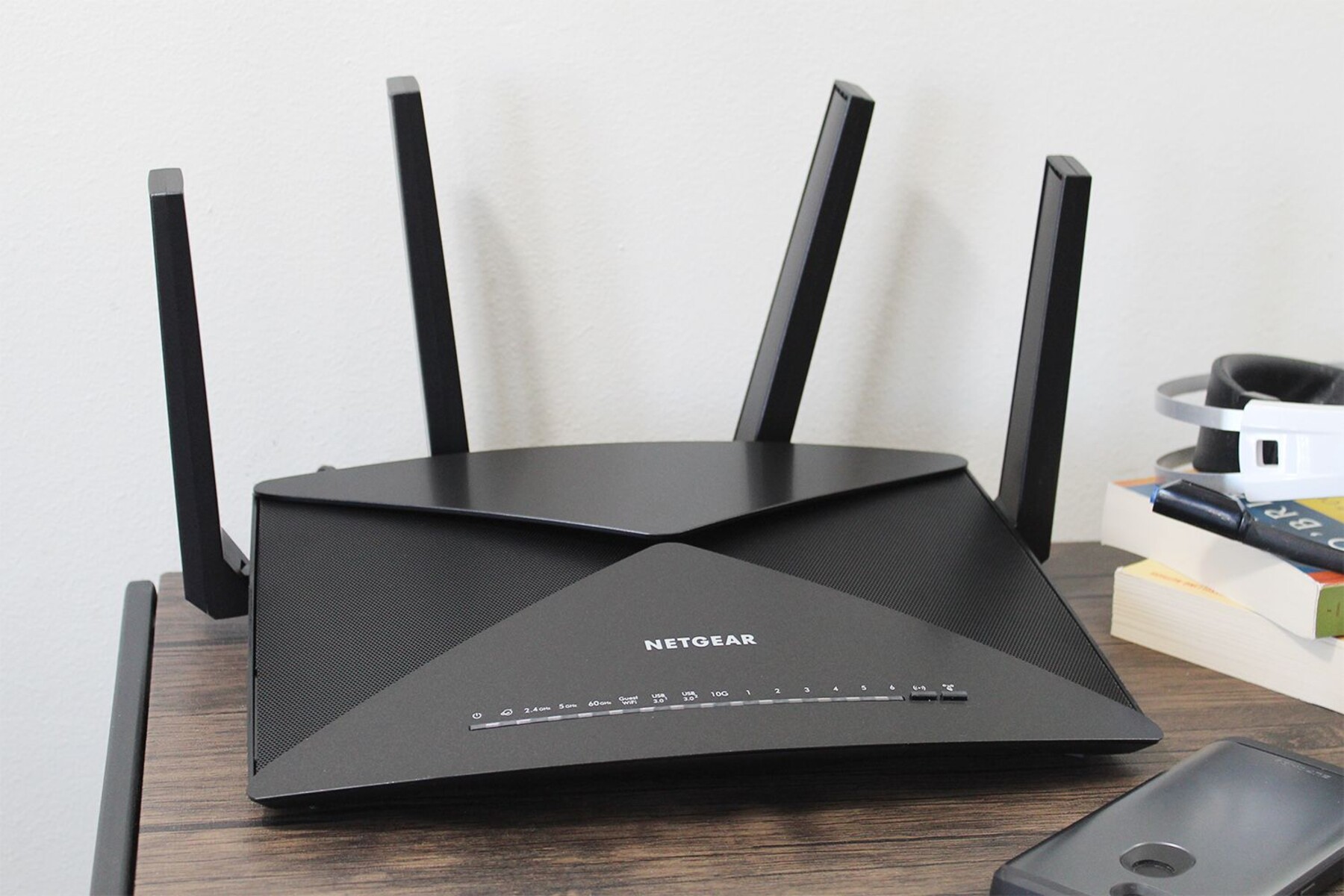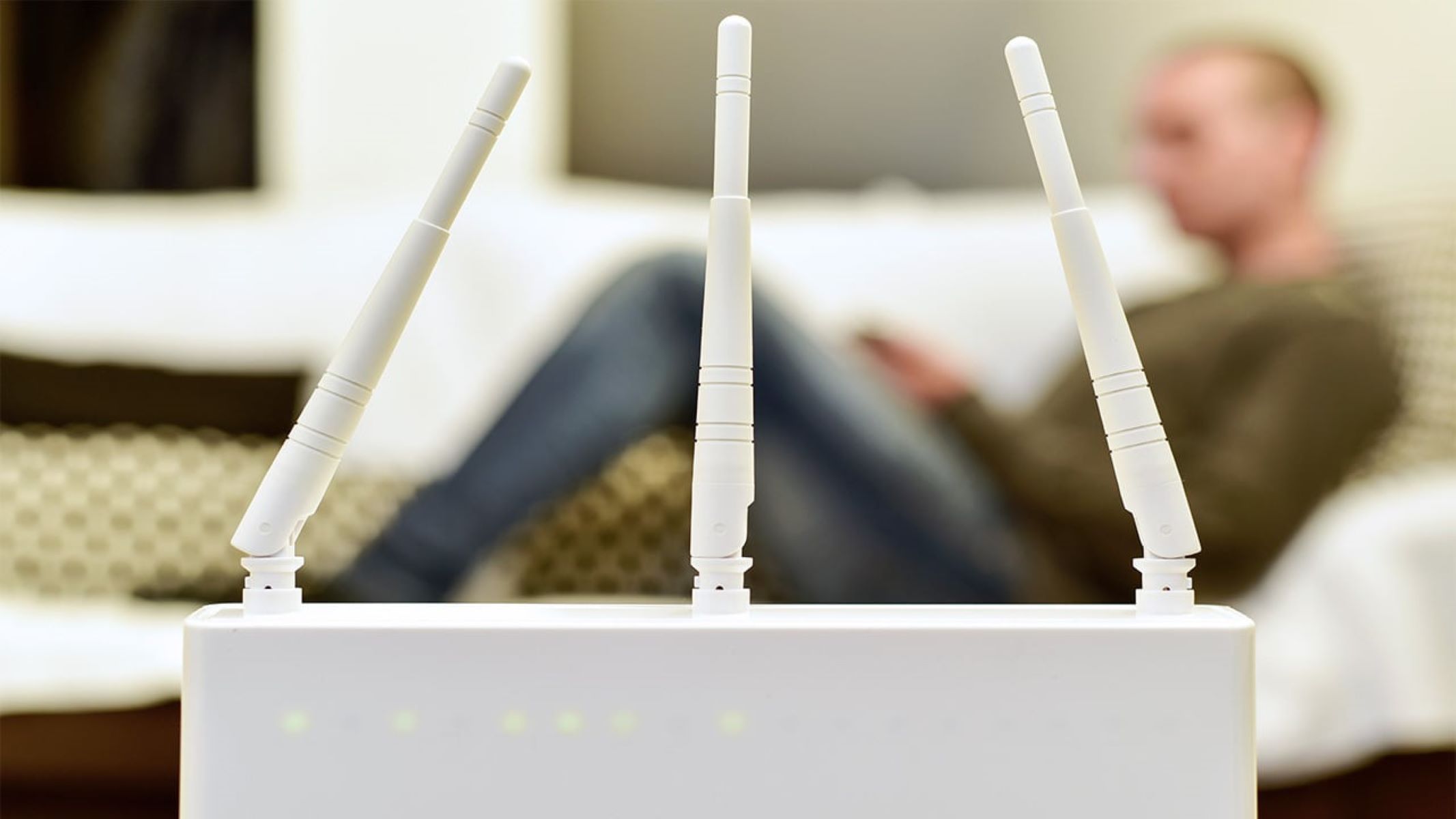Introduction
In today’s modern world, having a stable and reliable internet connection is crucial for most households and businesses. A common challenge that many people face is how to extend the reach of their network to cover every corner of their space. This is where the option of connecting two routers to the same network wirelessly comes into play.
By setting up a secondary router, you can effectively expand your Wi-Fi coverage and eliminate dead zones in your home or office. This solution is especially beneficial for larger properties or buildings with multiple floors where a single router may not provide sufficient coverage.
Connecting two routers to the same network wirelessly can seem like a daunting task, but with a little bit of know-how, it can be a straightforward process. In this article, we will guide you through the steps needed to achieve this setup and help you troubleshoot common issues that may arise along the way.
Before we dive into the technical aspects, it’s important to note that each router may have different settings and interfaces, so it’s advisable to consult the respective manufacturer’s documentation for specific instructions tailored to your device.
In the following sections, we will outline the process of connecting the second router to the first one wirelessly, how to configure both routers, and troubleshoot any issues that may arise during the setup. So, let’s get started and learn how to extend your network’s reach with the use of two routers!
Why Use 2 Routers?
You may be wondering why you would need to use two routers instead of relying on a single one to provide Wi-Fi coverage. There are several reasons why this setup can be beneficial:
1. Expanded Coverage: Using multiple routers allows you to extend your Wi-Fi coverage throughout your home or office. By strategically placing the routers, you can ensure that every area has a strong and reliable connection, even in hard-to-reach spots or areas with interference.
2. Overcoming Physical Limitations: In some cases, the signal strength from a single router may not be enough to cover a large or multi-level property. By adding a second router, you can bridge the gap and ensure that all areas receive a sufficient Wi-Fi signal.
3. Traffic Management: With two routers, you can effectively manage network traffic. By separating devices across the routers, you can prevent congestion and ensure each router handles its fair share of the workload. This can result in improved overall network performance.
4. Dedicated Functions: Using two routers allows you to designate each one for a specific purpose. For example, one router can be dedicated to handling streaming and gaming devices, while the other can be used for general internet access. This separation can optimize network performance and prevent bandwidth bottlenecks.
5. Enhanced Security: By using two routers, you can set up a separate guest network on one of them. This provides a secure and isolated network for your guests to connect to without granting them access to your primary network. It adds an extra layer of protection to safeguard your personal devices and data.
Whether you need to extend your Wi-Fi coverage, manage network traffic, or enhance network security, using two routers can provide a solution. The flexibility and customization options that come with this setup can significantly improve your overall internet experience, ensuring a reliable and fast connection throughout your space.
How to Connect the Second Router to the First One Wirelessly?
Connecting the second router to the first one wirelessly involves two main steps: setting up the main (primary) router and configuring the second (secondary) router. Here’s a step-by-step guide to help you accomplish this:
- Set up the Main Router:
- Connect the main router to your modem using an Ethernet cable.
- Access the router’s settings by typing its IP address into your web browser’s address bar. The default IP address is typically printed on the router or mentioned in the manufacturer’s documentation.
- Log in to the router using the default username and password. If you have changed these, use the updated credentials.
- Navigate to the wireless settings page and set up a unique SSID (network name) and password for your Wi-Fi network. This will be used by both routers.
- Make note of the wireless mode the router is currently set to (e.g., 2.4GHz or 5GHz). It should support the same mode as the secondary router you plan to connect.
- Save the settings and restart the main router.
- Configure the Second Router:
- Reset the secondary router to its factory default settings.
- Connect a computer or laptop to the secondary router using an Ethernet cable.
- Access the router’s settings by typing its IP address into your web browser’s address bar.
- Log in to the router using the default username and password.
- Change the router’s IP address, if necessary, to avoid conflicts with the main router. Use an IP address in the same subnet, but not within the DHCP range of the main router.
- Disable the DHCP server on the secondary router.
- Go to the wireless settings section and set up the same SSID and password as the main router.
- Set the wireless mode to match that of the main router.
- Save the settings and restart the secondary router.
Once both routers have been set up and configured, you can place the secondary router in a location where it can receive a good wireless signal from the main router. The devices connected to the secondary router will now be able to access the internet wirelessly, effectively extending your network coverage.
How to Configure the Main Router?
After setting up the main router and connecting it to your modem, you will need to configure its settings to ensure proper functionality and compatibility with the secondary router. Here is a step-by-step guide to help you configure the main router:
- Access the Router’s Settings:
- Open a web browser on a device connected to the main router’s network.
- Type the router’s IP address into the browser’s address bar. The default IP address is typically mentioned in the manufacturer’s documentation or labeled on the router itself. Common IP addresses include 192.168.0.1 or 192.168.1.1.
- Enter the router’s username and password when prompted. If you haven’t changed these credentials, the defaults are usually “admin” for both the username and password.
- Set the Router’s SSID and Security:
- Navigate to the wireless settings page in the router’s configuration interface.
- Set a unique SSID (network name) for your Wi-Fi network. This will be used by both the main and secondary routers.
- Choose a strong and secure password to protect your network. Make sure to use a combination of letters, numbers, and special characters.
- Consider enabling WPA2-PSK (AES) encryption for enhanced security, as it provides better encryption than older security protocols.
- Configure the Wireless Mode and Channel:
- Determine the wireless mode supported by your router. It can typically operate in either 2.4GHz or 5GHz mode, or both.
- Select the appropriate mode based on the devices you will connect to the network. For maximum compatibility, enabling both modes is recommended.
- Choose a specific wireless channel or set it to Auto. If you experience interference or signal congestion, manually selecting a less crowded channel can improve performance.
- Save and Apply the Settings:
- Click on the “Apply” or “Save” button to save and apply the changes to the router’s settings.
- Wait for the router to reboot and apply the new configurations. This may take a few minutes.
Once you have configured the main router, it is ready to connect to the secondary router wirelessly. Ensure that the main router is connected to the modem and broadcasting a Wi-Fi signal before proceeding with the configuration of the secondary router.
How to Configure the Second Router?
Once the main router is properly set up and configured, it’s time to configure the second router to establish a wireless connection with the main router. Follow these steps to configure the second router:
- Reset the Router:
- Locate the reset button on the secondary router. It is usually a small hole that can be pressed with a pin or paperclip.
- Press and hold the reset button for about 10 to 15 seconds until the lights on the router blink or flash. This will restore the router to its factory default settings.
- Connect to the Router:
- Connect your computer or laptop to the secondary router using an Ethernet cable. Make sure the connection is established.
- Open a web browser on your connected device.
- Type the default IP address of the secondary router into the browser’s address bar. Common IP addresses include 192.168.0.1 or 192.168.1.1. Check the manufacturer’s documentation or the label on the router for the specific IP address.
- Log in to the router’s administrative interface using the default username and password provided by the manufacturer.
- Disable DHCP:
- Navigate to the router’s settings page.
- Locate the DHCP settings and disable the DHCP server on the secondary router. This will prevent conflicts with the main router and ensure that the devices connected to the secondary router receive IP addresses from the main router.
- Save the changes.
- Configure the Wireless Settings:
- Go to the wireless settings page.
- Set the same SSID (network name) and password as the main router.
- Ensure that the wireless mode matches that of the main router.
- Save the settings.
- Restart the Router:
- Restart the secondary router to apply the changes.
- Disconnect the Ethernet cable between your computer and the secondary router.
Once the secondary router has restarted, it should establish a wireless connection with the main router. You can now place the secondary router in a suitable location to extend your network coverage wirelessly. Test the connectivity and ensure that devices connected to the secondary router can access the internet. If everything is functioning correctly, you have successfully configured the second router.
Troubleshooting Common Issues
While setting up and configuring two routers to extend your network wirelessly can be a straightforward process, you may encounter some issues along the way. Here are some common problems and their possible solutions:
1. No Internet Access:
If devices connected to the secondary router cannot access the internet, ensure the following:
- Check that the main router is connected to the modem and has an internet connection.
- Verify that the secondary router is connected to the main router’s network wirelessly.
- Ensure that the SSID and password settings for both routers are identical.
- Double-check that the DHCP server is disabled on the secondary router.
2. Weak Wi-Fi Signal or Dead Zones:
If certain areas have a weak Wi-Fi signal or no coverage, consider the following:
- Adjust the placement of the secondary router to ensure optimal signal strength.
- Try changing the wireless channel on both routers to minimize interference from other devices.
- Consider using Wi-Fi range extenders or mesh network systems to further extend the coverage area.
3. Inconsistent Connection:
If devices connected to the secondary router experience intermittent connectivity, try the following:
- Ensure that both routers’ firmware is up to date.
- Consider reducing the distance between the routers to minimize interference and improve signal strength.
- Check for any nearby electronic devices that may cause interference, such as cordless phones or microwaves, and try to relocate or mitigate their impact.
4. Inability to Access Router Settings:
If you cannot access the routers’ settings pages, try the following:
- Make sure you are connected to the correct router’s network.
- Verify that you are using the correct IP address for the router. Check the manufacturer’s documentation or the label on the router for the correct IP address.
- Reset the router to its factory defaults and try accessing the settings page again.
If you continue to experience issues that cannot be resolved through these troubleshooting steps, it may be helpful to consult the router manufacturer’s support documentation or contact their customer support for further assistance.
Conclusion
Connecting two routers to the same network wirelessly can greatly enhance your Wi-Fi coverage, providing a reliable and fast internet connection throughout your home or office. By following the steps outlined in this article, you can easily set up and configure both the main and secondary routers, allowing you to extend your network’s reach and eliminate dead zones.
Remember, when setting up the routers, it is important to ensure that the SSID and password settings are identical on both routers. Disabling the DHCP server on the secondary router is also crucial to prevent conflicts with the main router and allow devices to receive IP addresses from the main router.
If you encounter any issues during the setup or configuration process, refer to the troubleshooting section for possible solutions. In case the issues persist, consult the manufacturer’s documentation or contact customer support for further assistance.
By properly setting up and configuring the second router, you can create a seamless network experience and enhance your internet connectivity. Enjoy the expanded coverage and improved performance that connecting two routers to the same network wirelessly can provide!







